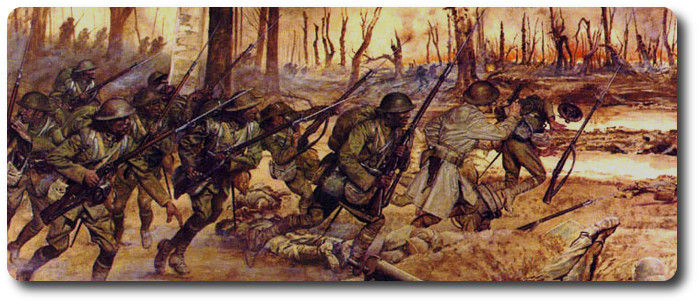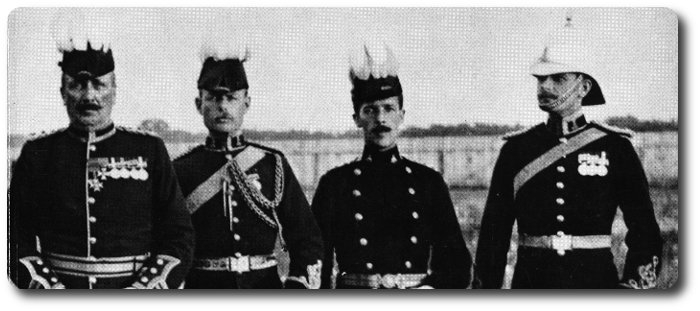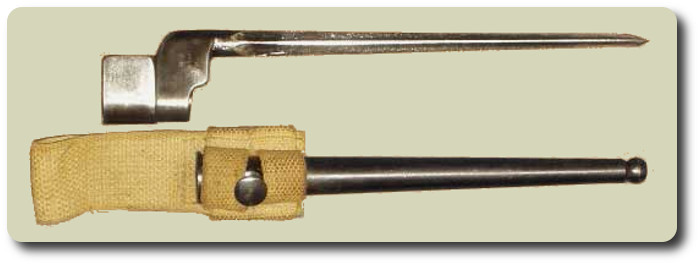Specific Suggestions for Simple Sabotage
Topic: Resistance
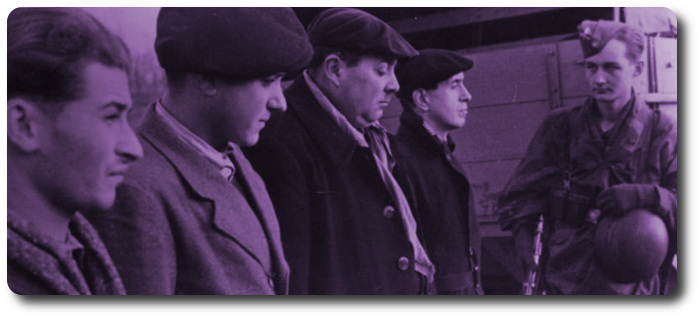
Specific Suggestions for Simple Sabotage
Snarl up administration in every possible way.
Strategic Services Field Manual No. 3, Simple Sabotage Field Manual (provisional), Office of Strategic Services, Washington, D.C., 17 January 1944
General Interference with Organizations and Production
Organizations and Conferences
(1) Insist on doing everything through "channels." Never permit short-cuts to be taken in order to expedite decisions.
(2) Make "speeches," Talk as frequently as possible and at great length. Illustrate your "points" by long anecdotes and accounts of personal experiences. Never hesitate to make a few appropriate "patriotic" comments.
(3) When possible, refer all matters to committees, for "further study and consideration." Attempt to make the committees as large possible—never less than five.
(4) Bring up irrelevant issues as frequently as possible.
(5) Haggle over precise wordings of communications, minutes, resolutions.
(6) Refer back to matters decided upon at the last meeting and attempt to re-open the question of the advisability of that decision.
(7) Advocate "caution." Be "reasonable" and urge your fellow-conferees to be "reasonable" and avoid haste which might result in embarrassments or difficulties later on.
(8) Be worried about the propriety of any decision — raise the question of whether such action as is contemplated lies within the jurisdiction of the group or whether it might conflict with the policy of some higher echelon.
Managers and Supervisors
(1) Demand written orders.
(2) "Misunderstand" orders. Ask endless questions or engage in long correspondence about such orders. Quibble over them when you can.
(3) Do everything possible to delay the delivery of orders. Even though parts of an order may be ready beforehand, don't deliver it until it is completely ready.
(4) Don't order new working materials until your current stocks have been virtually exhausted, so that the slightest delay in filling your order will mean a shutdown.
(5) Order high-quality materials which are hard to get. If you don't get them argue about it. Warn that inferior materials will mean inferior work.
(6) In making work assignments, always sign out the unimportant jobs first. See that the important jobs are assigned to inefficient workers of poor machines.
(7) Insist on perfect work in relatively unimportant products; send back for refinishing those which have the least flaw. Approve other defective parts whose flaws are not visible to the naked eye.
(8) Make mistakes in routing so that parts and materials will be sent to the wrong place in the plant.
(9) When training new workers, give incomplete or misleading instructions.
(10) To lower morale and with it, production, be pleasant to inefficient workers; give them undeserved promotions. Discriminate against efficient workers; complain unjustly about their work.
(11) Hold conferences when there is more critical work to be done.
(12) Multiply paper work in plausible ways. Start duplicate files.
(13) Multiply the procedures and clearances involved in issuing instructions, pay checks, and so on. See that three people have to approve everything where one would do.
(14) Apply all regulations to the last letter.
Office Workers
(1) Make mistakes in quantities of material when you' are copying orders. Confuse similar names. Use wrong addresses.
(2) Prolong correspondence with government bureaus.
(3) Misfile essential documents.
(4) In making carbon copies, make one too few, so that an extra copying job will have to be done.
(5) Tell important callers the boss is busy or talking on another telephone.
(6) Hold up mail until the next collection.
(7) Spread disturbing rumors that sound like inside dope.
Employees
(1) Work slowly. Think out ways to increase the number of movements necessary on your job: use a light hammer instead of a heavy one, try to make a small wrench do when a big one is necessary, use little force where considerable force is needed, and so on.
(2) Contrive as many interruptions to your work as you can: when changing the material on which you are working, as you would on a lathe or punch, take needless time to do it. If you are cutting, shaping or doing other measured work, measure dimensions twice as often as you need to. When you go to the lavatory, spend a longer time there than is necessary. Forget tools so that you will have to go back after them.
(3) Even it you understand the language, pretend not to understand instructions in a foreign tongue.
(4) Pretend that instructions are hard to understand, and ask to have them repeated more than once. Or pretend that you are particularly anxious to do your work, and pester the foreman with unnecessary questions.
(5) Do your work poorly and blame it on bad tools, machinery, or equipment. Complain that these things are preventing you from doing your job right.
(6) Never pass on your skill and experience to a new or less skillful worker.
(7) Snarl up administration in every possible way. Fill out forms illegibly so, that they will have to be done over; make mistakes or omit requested information in forms.
(8) If possible, join or help organize a group for presenting employee problems to the management. See that the procedures adopted are as inconvenient as possible for the management, involving the presence of a large number of employees at each presentation, entailing more than one meeting for each grievance, bringing up problems which are largely imaginary, and so on.
(9) Misroute materials.
(10) Mix good parts with unusable scrap and rejected parts.
General Devices for Lowering Morale and Creating Confusion
(a) Give lengthy and incomprehensible explanations when questioned.
(b) Report imaginary spies or danger to the Gestapo or Police.
(c) Act stupid.
(d) Be as irritable and, quarrelsome as possible without getting yourself into trouble.
(e) Misunderstand all sorts of regulations concerning such matters as rationing, transportation, traffic regulations.
(f) Complain against ersatz materials.
(g) In public treat axis nationals or quislings coldly.
(h) Stop all conversation when axis nationals or quislings enter a cafe.
(i) Cry and sob hysterically at every occasion, especially when confronted by government clerks.
(j) Boycott all movies, entertainments, concerts, newspapers which are in any way connected with the quisling authorities.
(k) Do not cooperate in salvage schemes.

Posted by regimentalrogue
at 12:01 AM EDT




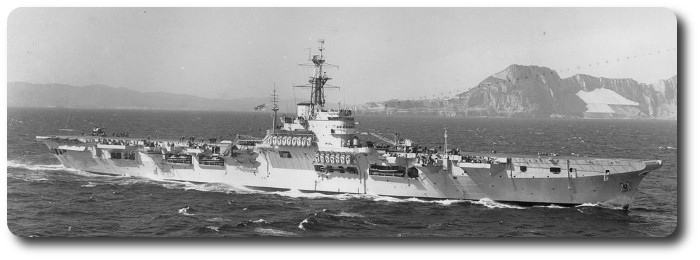
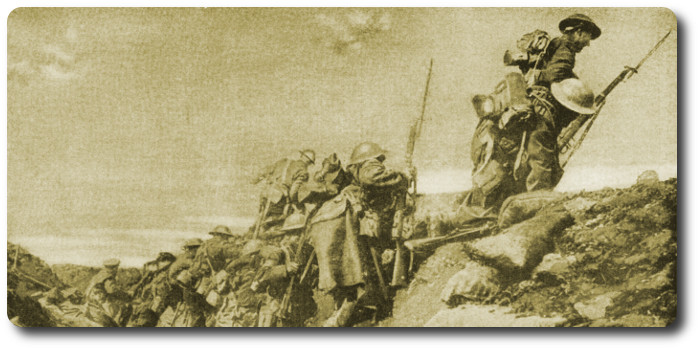



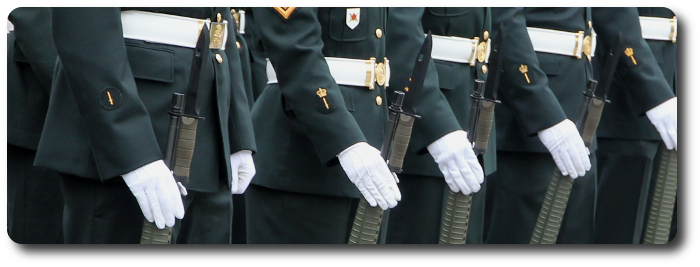
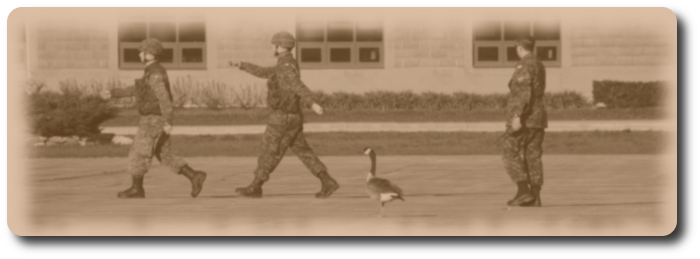



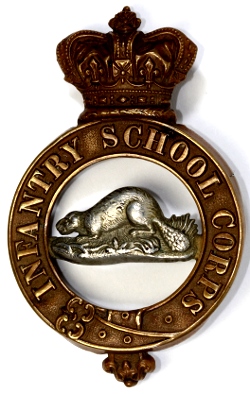 We do not wish to under-rate the value of the Royal Regiments of Canadian Regulars, but we do protest against making the object for which the schools were originally formed—the instruction of officers and men of the active militia—a secondary consideration altogether. The camp at Levis last autumn must have cost a good deal of money, and many militiamen asked themselves how it was the money could be forthcoming to hold a long camp for the benefit of the well-drilled men of the permanent corps, when the country can only afford to drill our rural corps, who need it badly, but once in two years, and not always that. Then, again, look at the parsimony practiced toward the city corps, who find it difficult to obtain from a grateful Government even the bare necessities of their equipment. Every officer of a city battalion has to contribute largely from his private means towards the support of the corps in order to provide the men with a proper head-dress and other articles, which the Government have overlooked or forgotten, as being necessary to enable men to turn out properly dressed on parade. And when the officers have gone to the expense of providing the men with the balance of their equipment, and spent money in having tunics made to fit them, the inspecting officer will find fault at the annual inspection, because, perhaps, one man is lacking some small article which the Government does not supply. What funny looking regiments would turn out in Montreal, if the men were dressed only in the uniform and accoutrements supplied by the Government.
We do not wish to under-rate the value of the Royal Regiments of Canadian Regulars, but we do protest against making the object for which the schools were originally formed—the instruction of officers and men of the active militia—a secondary consideration altogether. The camp at Levis last autumn must have cost a good deal of money, and many militiamen asked themselves how it was the money could be forthcoming to hold a long camp for the benefit of the well-drilled men of the permanent corps, when the country can only afford to drill our rural corps, who need it badly, but once in two years, and not always that. Then, again, look at the parsimony practiced toward the city corps, who find it difficult to obtain from a grateful Government even the bare necessities of their equipment. Every officer of a city battalion has to contribute largely from his private means towards the support of the corps in order to provide the men with a proper head-dress and other articles, which the Government have overlooked or forgotten, as being necessary to enable men to turn out properly dressed on parade. And when the officers have gone to the expense of providing the men with the balance of their equipment, and spent money in having tunics made to fit them, the inspecting officer will find fault at the annual inspection, because, perhaps, one man is lacking some small article which the Government does not supply. What funny looking regiments would turn out in Montreal, if the men were dressed only in the uniform and accoutrements supplied by the Government.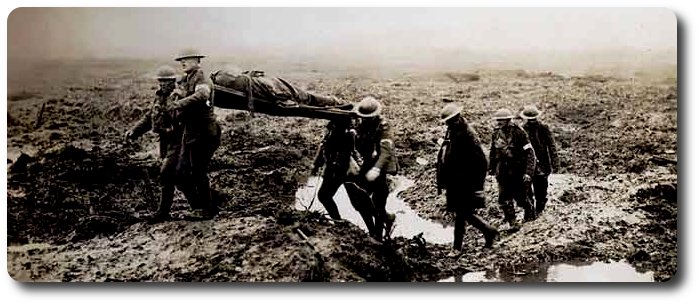

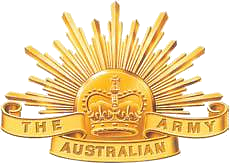 Canberra.—The Australian army had discovered a way of feeding troops based in the tropics with good, edible and interesting meals and at the same time reducing the soldiers' load.
Canberra.—The Australian army had discovered a way of feeding troops based in the tropics with good, edible and interesting meals and at the same time reducing the soldiers' load.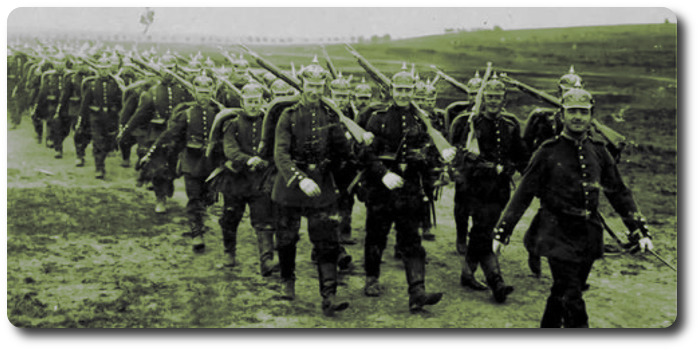
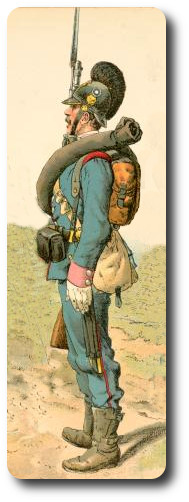 The discipline and daily routine of exercise for the Prussian army is to all foreigners a source of never ending wonder. The early morning is devoted to cleansing the quarters, and correcting any irregularities which may have arisen out of the previous days' duties. Later in the forenoon the hours are given to study—arithmetic, geography, geometry, theory and practice of military science; and even singing is not neglected. Great importance is attached to the studies of the soldiers, and by attaining a certain advancement in knowledge, each one, after satisfactory examination, can shorten his term of service from one to two years. In the afternoon of each day the bodily culture is attended to, and this consists not only of purely military drill, but also of every variety of physical exercise calculated to add either strength or suppleness to the human form—running, leaping, vaulting, balancing, bayonet exercise, lifting, shooting, bending, altogether such an innumerable variety of movements that no muscle of the body is without its daily exercise. These "squad" drill are followed by company and regimental parades, and at short intervals by grand field movements of brigades and divisions, and these once a or twice year by grand army movements with mock battles. I have not been fortunate enough to witness any of the grand tactics, but the exercise in detail by company, battalion, squadron, or battery, and in particular the artillery movements, seem to me to be as near perfection as patience and practice can make them. All this perfection pr preparatory knowledge and practice must, of course, have its weight on the struggle of actual war; but if there is any ground for doubt as to the power of the German militia, it would lie on its too great reliance which is here placed on scientific knowledge, and consequent distrust of a quick common sense which is not too overburdened with acquired wisdom.
The discipline and daily routine of exercise for the Prussian army is to all foreigners a source of never ending wonder. The early morning is devoted to cleansing the quarters, and correcting any irregularities which may have arisen out of the previous days' duties. Later in the forenoon the hours are given to study—arithmetic, geography, geometry, theory and practice of military science; and even singing is not neglected. Great importance is attached to the studies of the soldiers, and by attaining a certain advancement in knowledge, each one, after satisfactory examination, can shorten his term of service from one to two years. In the afternoon of each day the bodily culture is attended to, and this consists not only of purely military drill, but also of every variety of physical exercise calculated to add either strength or suppleness to the human form—running, leaping, vaulting, balancing, bayonet exercise, lifting, shooting, bending, altogether such an innumerable variety of movements that no muscle of the body is without its daily exercise. These "squad" drill are followed by company and regimental parades, and at short intervals by grand field movements of brigades and divisions, and these once a or twice year by grand army movements with mock battles. I have not been fortunate enough to witness any of the grand tactics, but the exercise in detail by company, battalion, squadron, or battery, and in particular the artillery movements, seem to me to be as near perfection as patience and practice can make them. All this perfection pr preparatory knowledge and practice must, of course, have its weight on the struggle of actual war; but if there is any ground for doubt as to the power of the German militia, it would lie on its too great reliance which is here placed on scientific knowledge, and consequent distrust of a quick common sense which is not too overburdened with acquired wisdom.

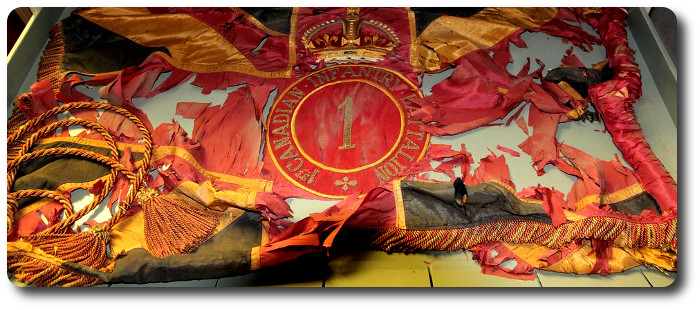
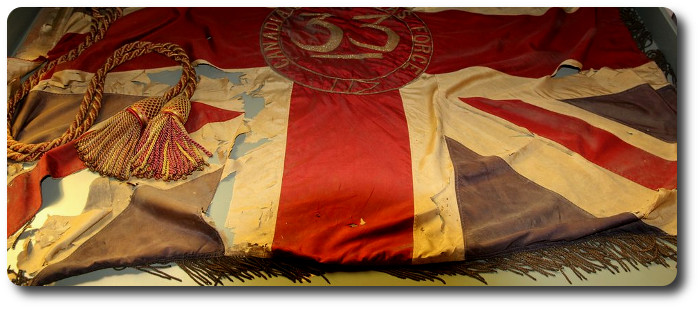
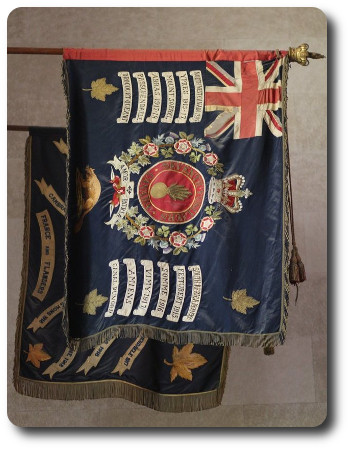 Custodians shall ensure that laid-up and deposited Colours are kept on display to the general public. They may not be stored or displayed in unaccessible areas, e.g. stored in sliding drawers in museum curatorial spaces with restricted access for scholarly research purposes only.
Custodians shall ensure that laid-up and deposited Colours are kept on display to the general public. They may not be stored or displayed in unaccessible areas, e.g. stored in sliding drawers in museum curatorial spaces with restricted access for scholarly research purposes only.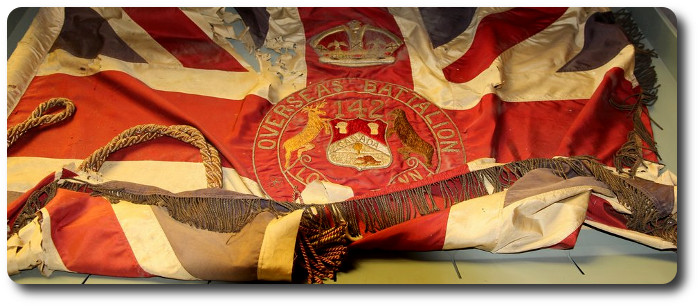


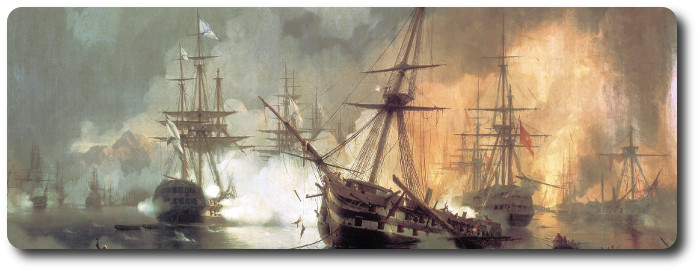

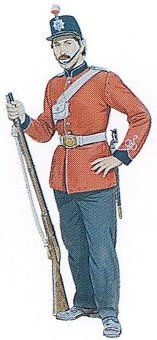 Should a company be warned for active service, the sergeant, whose duty it is to warn the men of his squad, shall be provided with a blank roll, the heading of which shall be as follows:
Should a company be warned for active service, the sergeant, whose duty it is to warn the men of his squad, shall be provided with a blank roll, the heading of which shall be as follows:
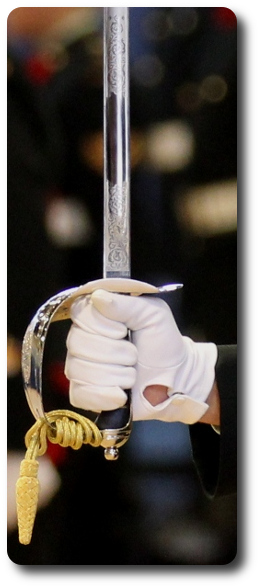 London, Nov. 15.—A curious survival of the martinet spirit of the old army appeared furing the recent visit of the King to the British troops in France, when an order was issued that the officers should appear with swords during the royal review. It was a costly order for the young officers, as few were provided with swords, which are a most expensive part of a kit.
London, Nov. 15.—A curious survival of the martinet spirit of the old army appeared furing the recent visit of the King to the British troops in France, when an order was issued that the officers should appear with swords during the royal review. It was a costly order for the young officers, as few were provided with swords, which are a most expensive part of a kit. 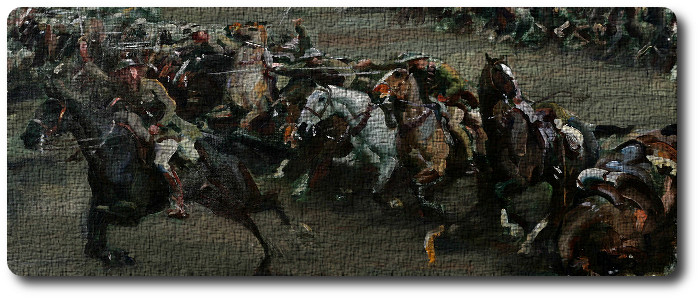
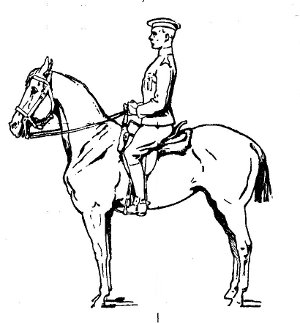 1. Soldierly spirit is the product of a high sense of personal honour and duty; of self-reliance and of mutual confidence between all ranks.
1. Soldierly spirit is the product of a high sense of personal honour and duty; of self-reliance and of mutual confidence between all ranks.